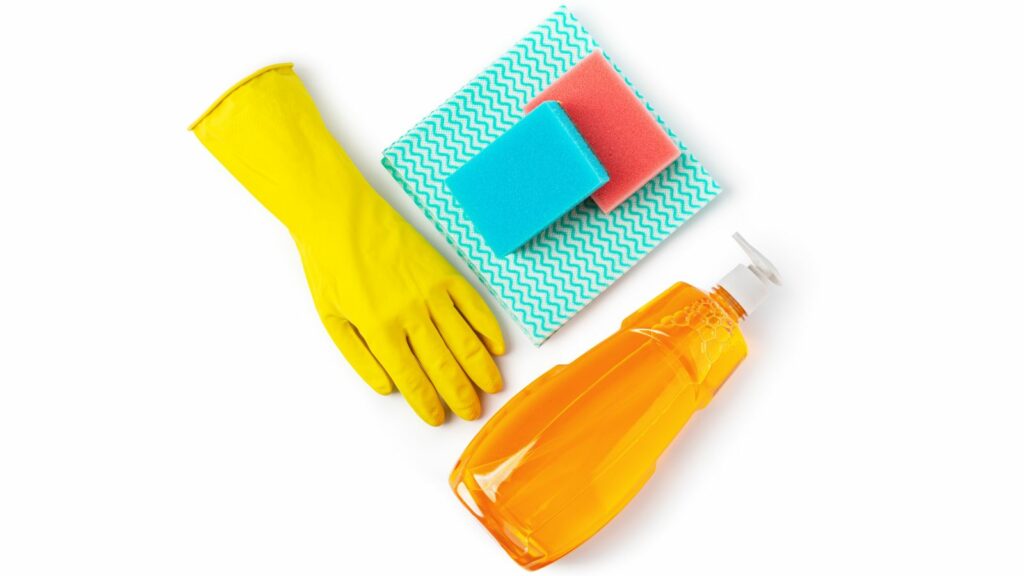Common household products that are used to perform everyday chores such as cleaning and generally keeping our living environments safe and clean hold within them a host of hidden dangers that, if not treated properly, may cause serious health issues. Even items that appear to be harmless have chemicals and substances that can cause minor irritations and major health issues such as chronic respiratory distress. Knowing these hidden dangers can go a long way toward helping you be better informed and take measures to keep your home safe. Here are some of the hidden dangers related to common household products:
Air Fresheners
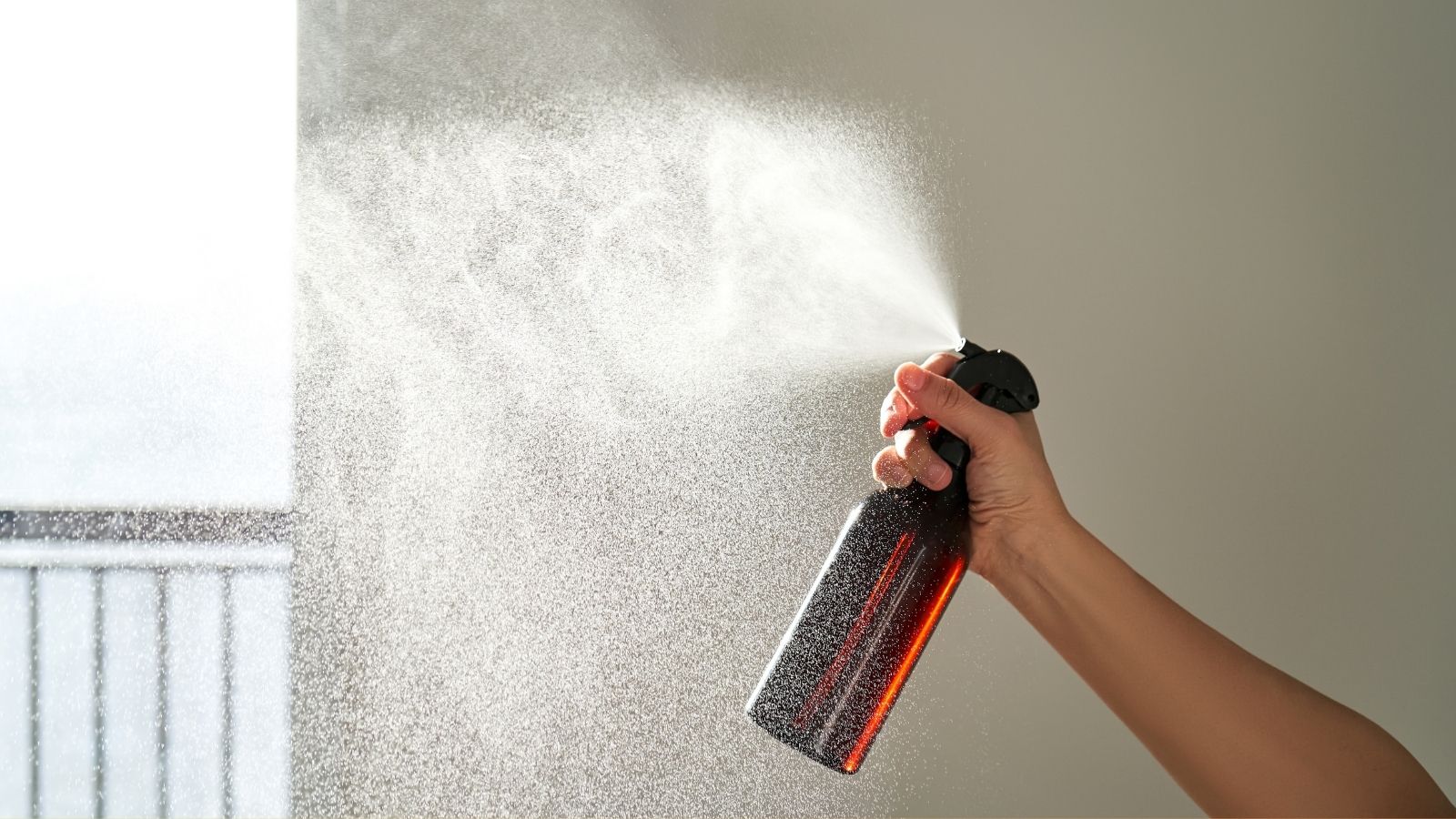
Air fresheners are used in almost every household to eliminate unpleasant odors in indoor spaces. They provide a pleasant scent and make the environment fresh. However, most air fresheners contain harmful chemicals such as phthalates and formaldehyde, which are associated with respiratory problems, allergic reactions, and hormonal effects. Over time, exposure to these chemicals can pose significant health risks, particularly in poorly ventilated areas.
Non-Stick Cookware

Nonstick pans are coated with chemicals such as polytetrafluoroethylene. When overheated, this coating might degrade and emit harmful fumes. These vapors can produce flu-like symptoms in people and can be lethal to birds. Prolonged exposure to these substances has prompted concerns about their possible long-term health consequences. To reduce dangers, cook on nonstick cookware on low to medium heat and maintain appropriate ventilation when cooking.
Batteries

Batteries, particularly when broken or poorly disposed of, can offer several hidden risks. They include dangerous compounds, including lead, mercury, and cadmium, which can leak and contaminate the environment or hinder human health. Leaking batteries can also emit corrosive acids, which can cause skin burns or lung problems if inhaled. Improper disposal of normal trash might cause fires or explosions at landfills. To reduce these hazards, batteries should always be handled carefully, stored appropriately, and recycled in accordance with local rules.
Antibacterial soaps
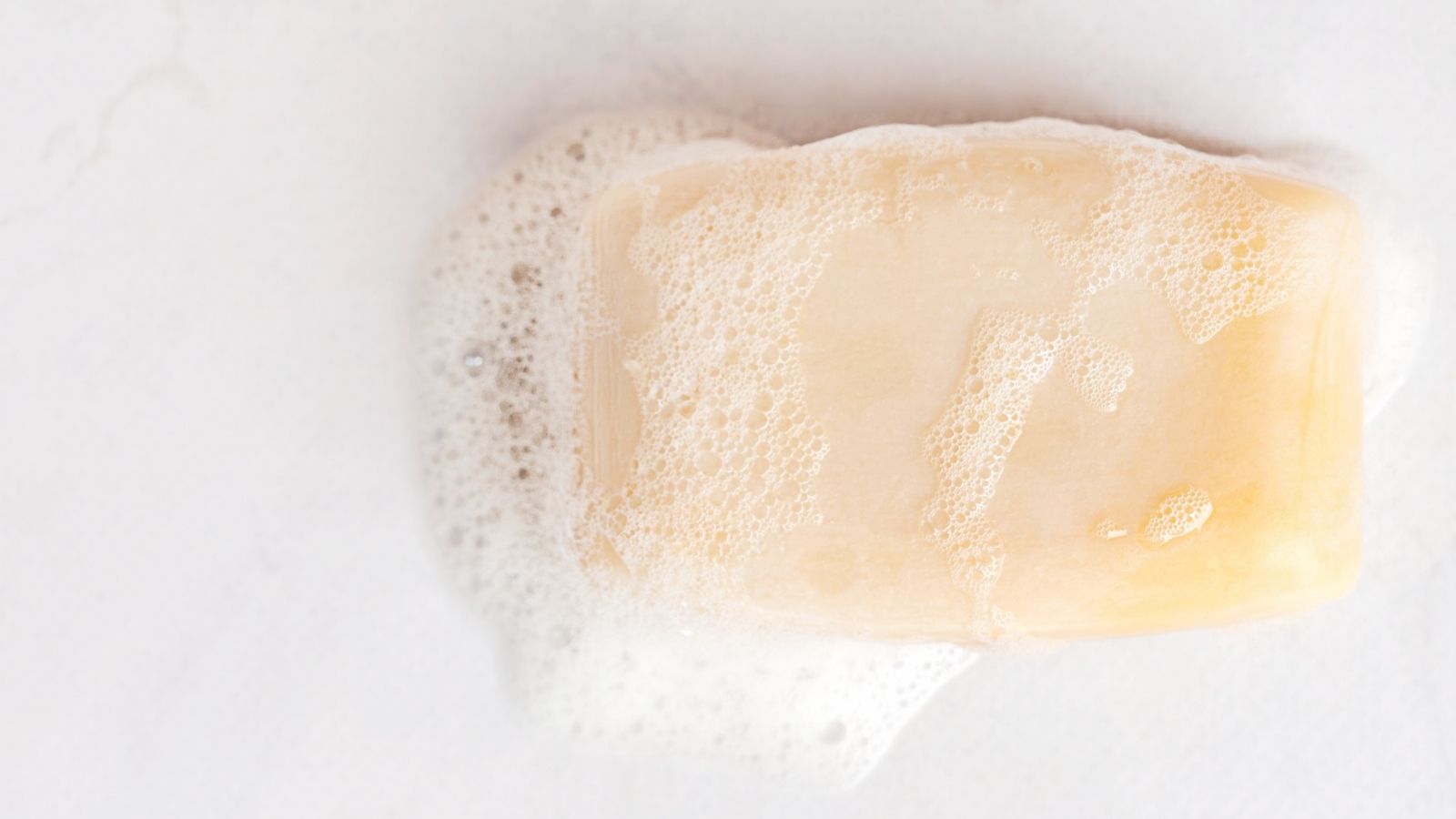
We wash our hands daily with antibacterial soaps. However, antibacterial soaps frequently contain triclosan, a chemical that poses hidden risks by contributing to antibiotic resistance, making bacteria more difficult to treat, disrupting hormone regulation, potentially affecting thyroid function, and causing environmental harm as it persists in water systems, threatening aquatic life.
Pesticides and Insecticides
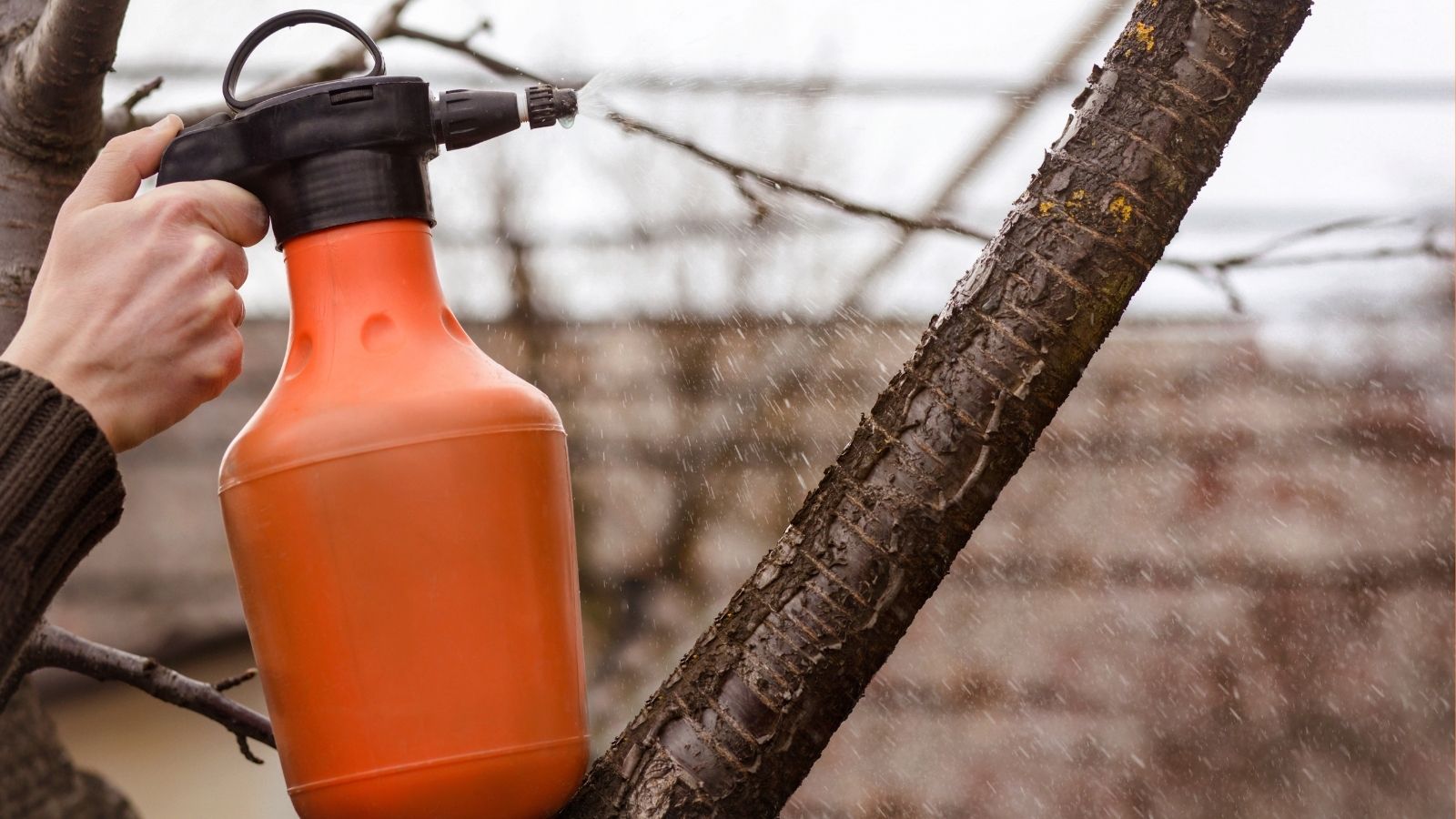
They are often used in pest control. However, they have potent chemicals that pose many dangerous risks to health. These compounds often have neurotoxins, which, besides causing headaches, dizziness, and nausea, can also disrupt the neurological system. Chronic exposure raises the risk of acquiring other grave illnesses, such as brain and nerve damage and some forms of cancer. Misuse and overexposure may be injurious to the health of children, pets, and other beneficial insects such as bees.
Drain Cleaners
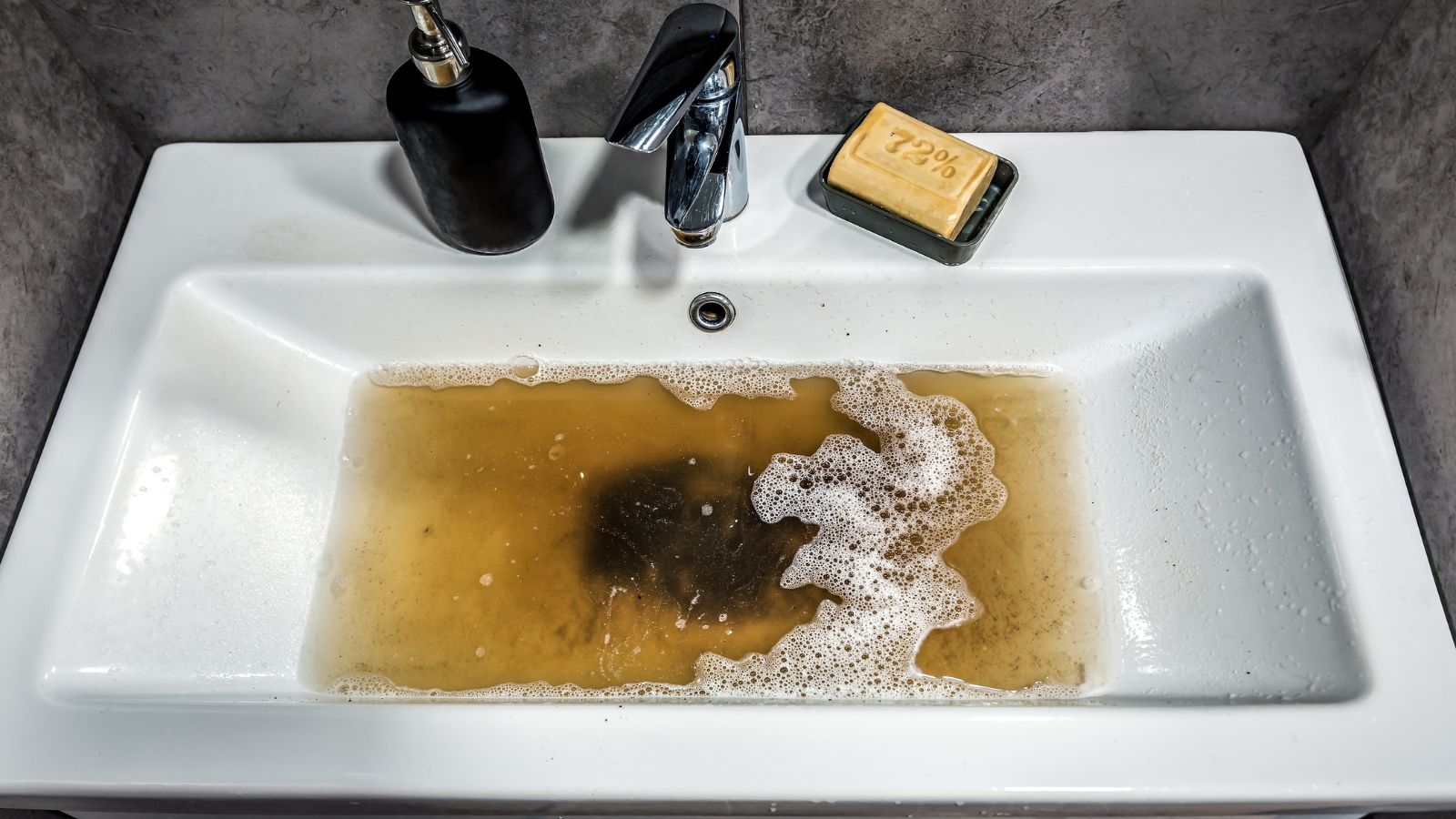
Most drain cleaners contain quite strong chemicals, such as sodium hydroxide or sulphuric acid, designed to degrade obstructions. However, these chemical compounds are very corrosive. They can expose skin and eyes to serious burns upon contact. Their fumes can ignite respiratory trouble. If inadvertently ingested, they are highly hazardous, leading to internal burns and organ damage.
Hair Dyes

Hair dye is a commonly used product in almost every household. Most of the hair dyes available on the market contain chemicals like ammonia, parabens, and para-phenylenediamine, which are known to cause allergic reactions and skin irritation and increase the possibility of some types of cancer after prolonged exposure. Always patch test and use in a well-ventilated area.
Mothballs
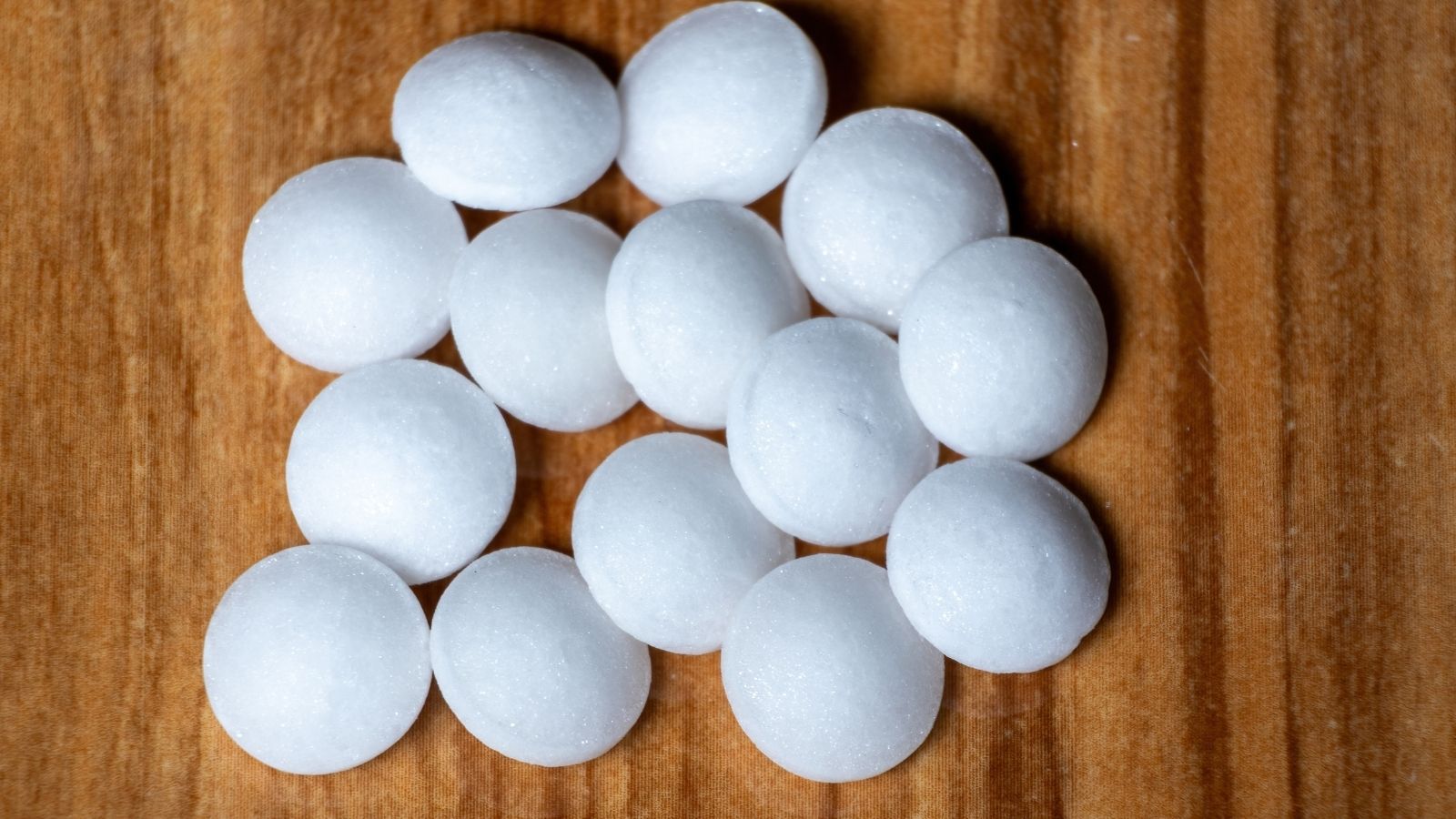
Mothballs are used to protect clothing and other items from damage by moths, mold, and mildew. They are made of hazardous chemicals such as naphthalene and paradichlorobenzene. These fumes may lead to respiratory problems, and if exposed for a longer period, they will cause liver and kidney damage. Mothballs can also be dangerous for kids or pets if they ingest them.
Bleach
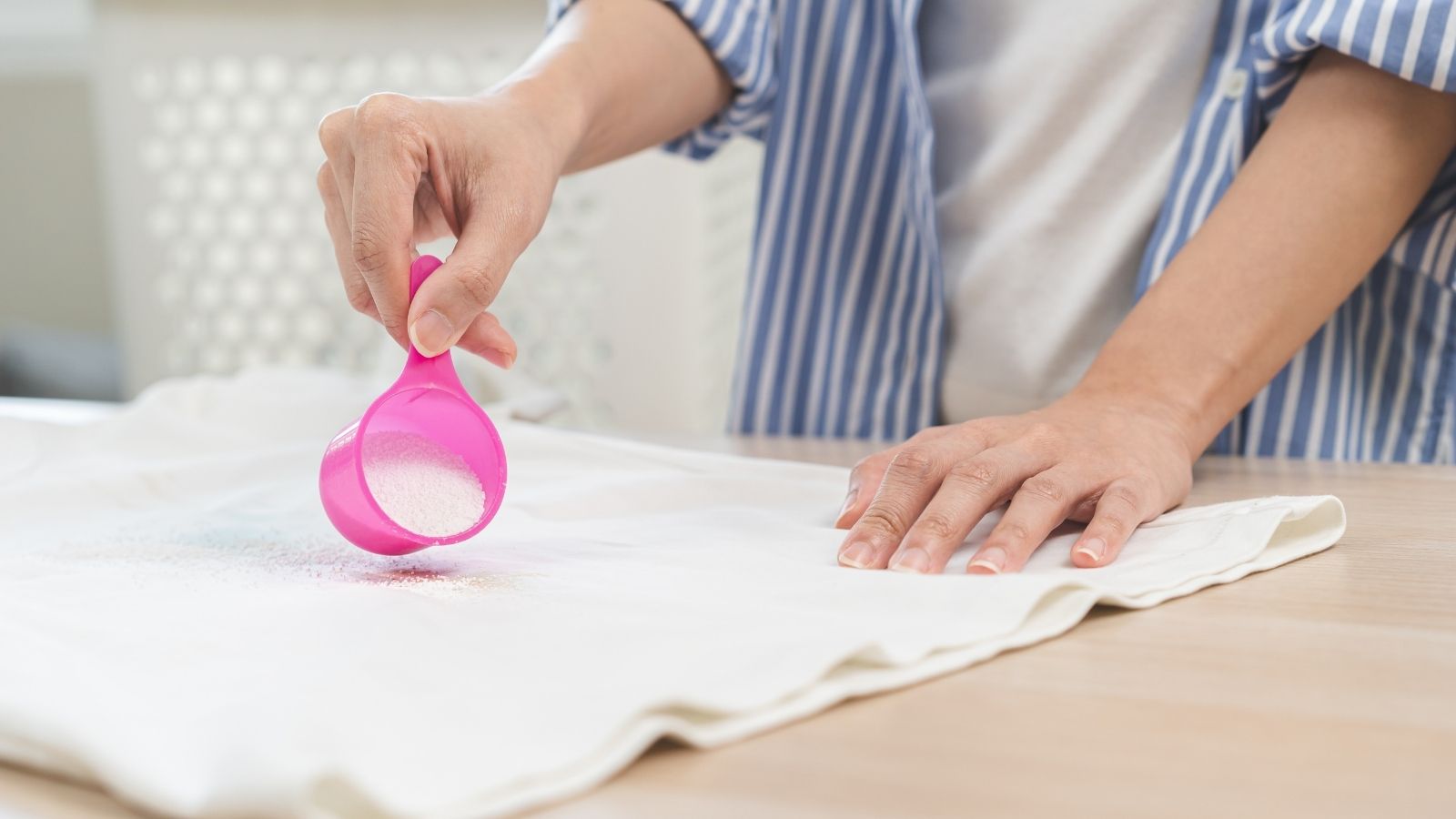
Bleach is a very strong disinfectant. It can easily provoke respiratory problems and skin irritation. Mixing it with ammonia or acidic cleaners will release dangerous fumes that may pose a serious threat of gas exposure. Use bleach only in well-ventilated areas; do not mix it with other cleaning agents.
Laundry Detergents
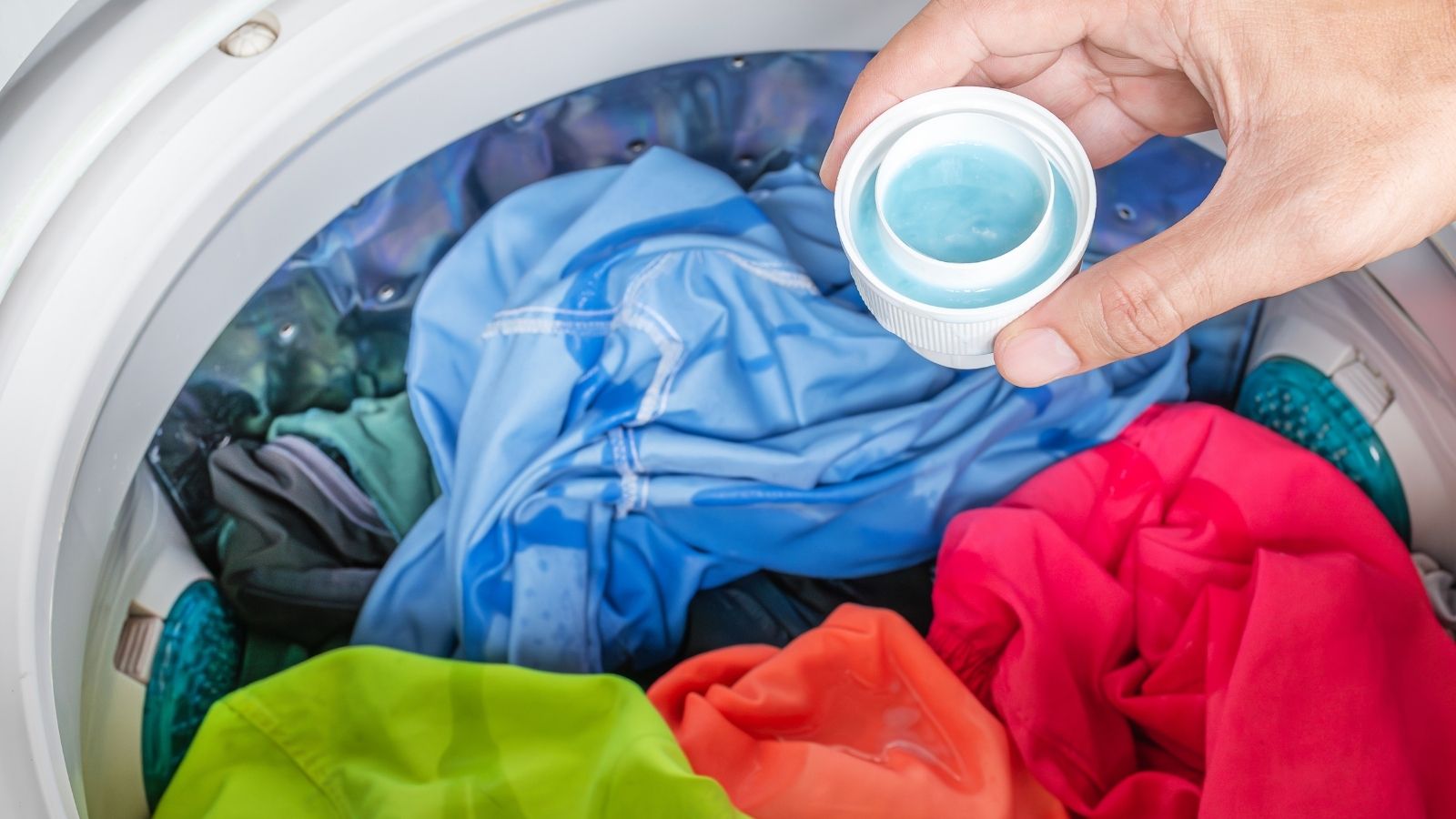
Laundry detergents clean clothing and other fabrics by removing dirt, stains, and odors. However, most detergents contain surfactants and perfumes, which can irritate skin or cause allergies. Some also contain phosphates, which, if released into the water system, could kill aquatic life.
Furniture Polish

Furniture polish generally contains chemicals such as petroleum distillates, which are hazardous in inhalation or ingestion. Such substances can cause respiratory irritation, dizziness, or headaches, and their ingestion may cause severe poisoning. Additionally, certain furniture polishes might contain some volatile organic compounds that turn into the primary source of air pollution indoors and thus become a possible trigger of allergic conditions or asthma diseases in extremely sensitive individuals.
Dishwashing Detergents
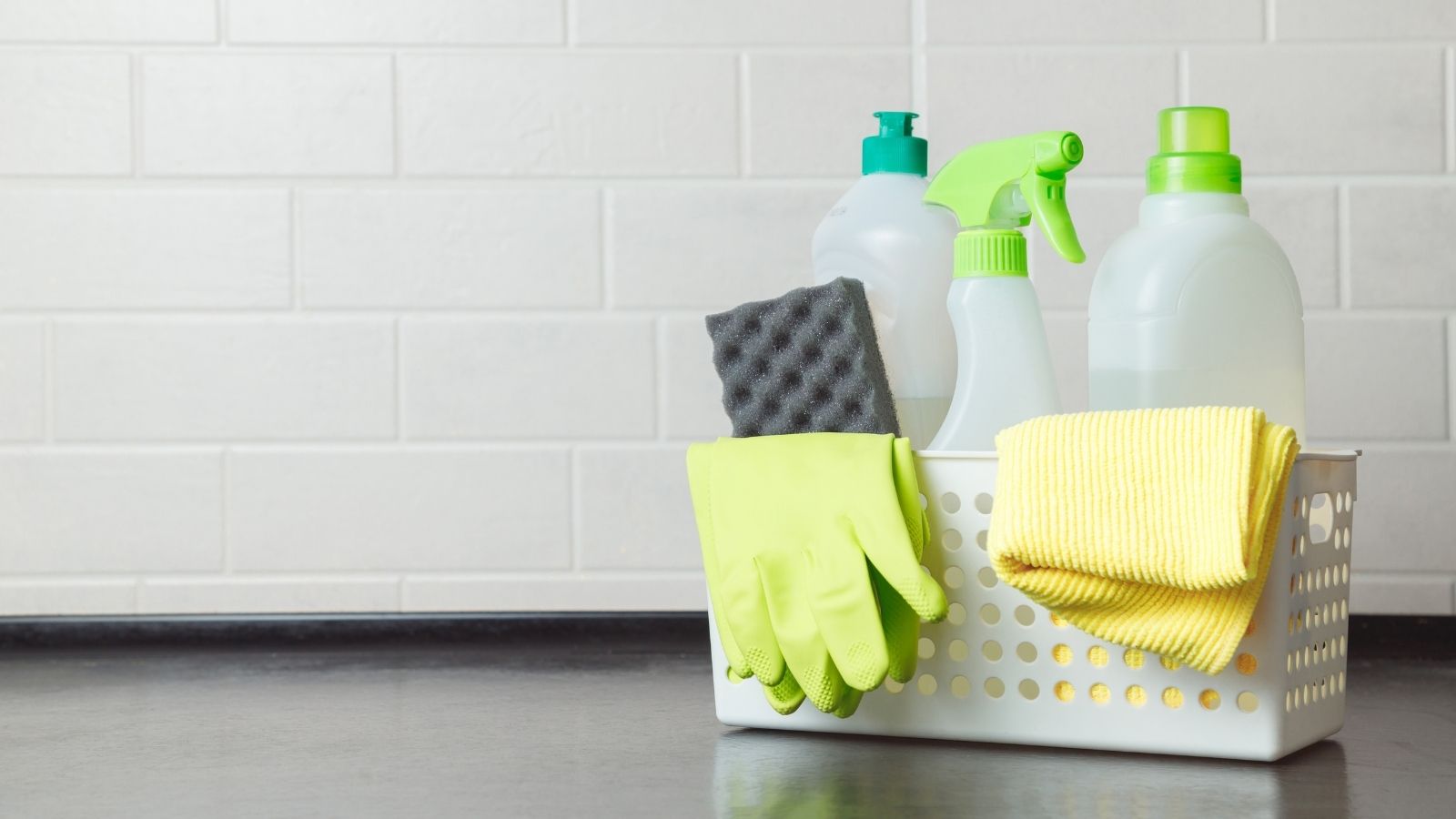
Most dishwashing detergents contain chemicals like phosphates, surfactants, and fragrances. While they really help to clean dishes, these ingredients may cause skin irritation and allergic reactions, especially during long exposure. When ingested, they can be quite dangerous, especially for children and pets. Moreover, phosphates released by detergents contribute to water pollution, as they increase algal blooms, which are always hazardous to aquatic life.
Paint and Paint Strippers

They might also contain volatile organic compounds and other highly hazardous chemicals, like methylene chloride. These gases may provoke numerous symptoms in the human body, such as headaches, dizziness, and respiratory problems. Exposure to these chemicals for a longer period has much more serious health effects, such as liver, kidney, and other organ damage. Methylene chloride, found in paint strippers, can be very harmful in terms of eye and skin burns, chemical irritation, and increasing the potential for cancer.
Oven Cleaners
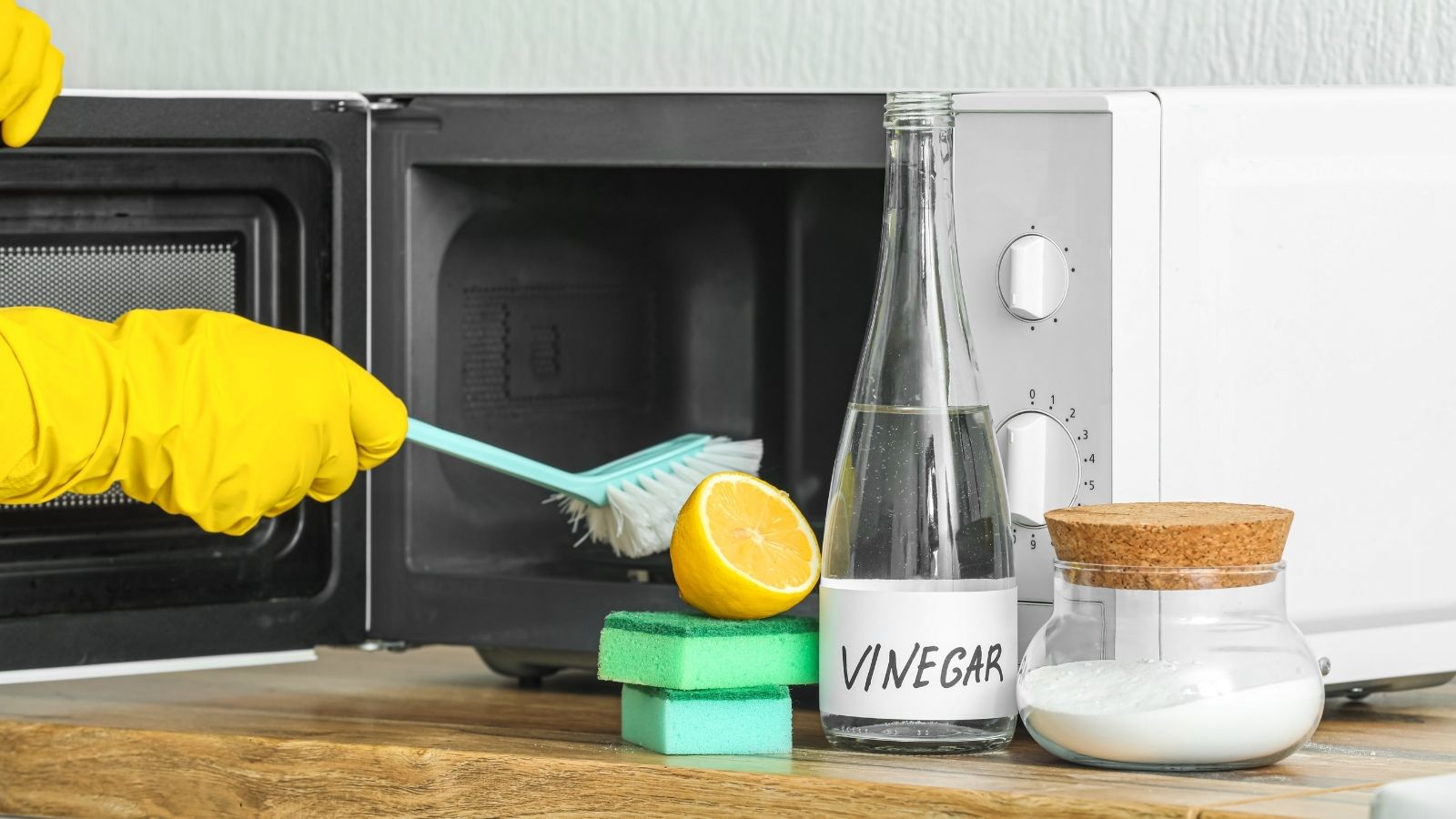
Oven cleaners usually contain caustic chemicals like sodium hydroxide (lye), which can cause serious burns if they touch the skin or eyes. Their fumes are also hazardous when inhaled and may incite respiratory irritation. Proper ventilation and protection gear, such as gloves and masks, should be worn while using the products.
Toilet Bowl Cleaner
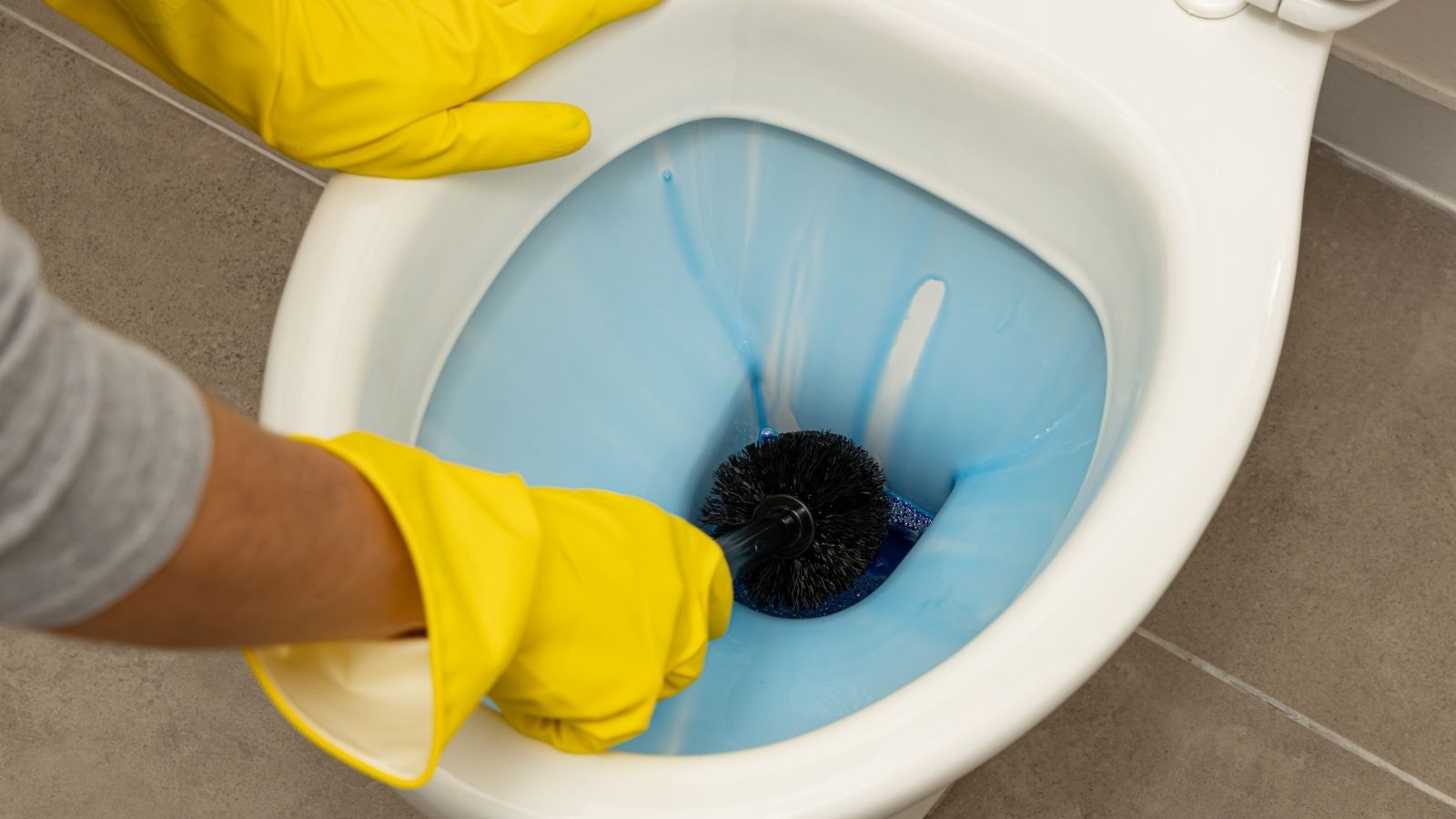
These cleaners often contain harsh chemicals such as hydrochloric acid, which causes serious burns when it comes into contact with skin and eyes. Respiratory tract irritation occurs from the inhalation of the fumes, and accidental ingestion is very dangerous, especially in children and pets. Mixing toilet bowl cleaners with other household chemical cleaners like bleach also creates toxic gases, posing a danger to health.
Antifreeze
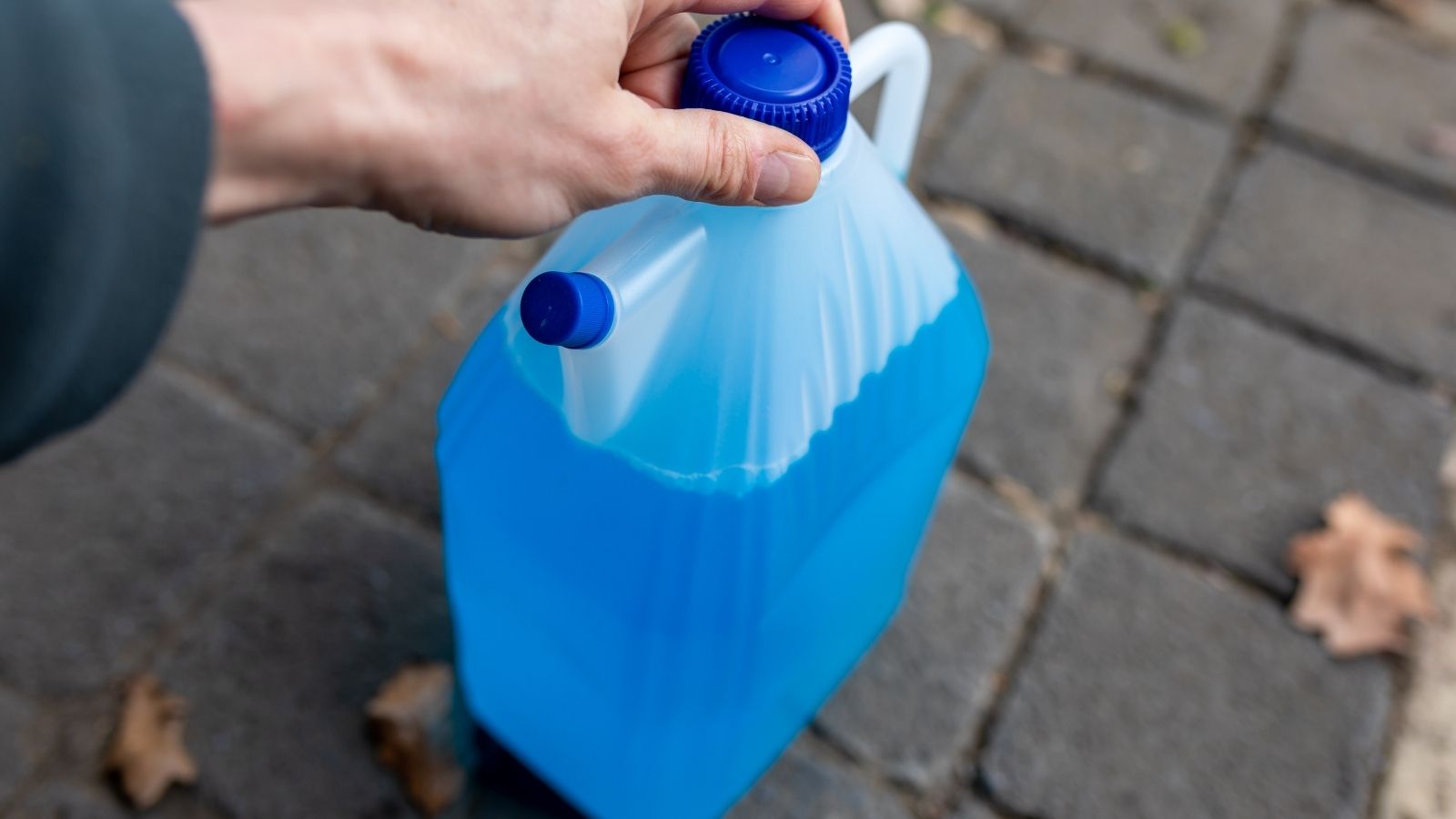
Antifreeze used in vehicle cooling systems contains high-toxicity ethylene glycol, which is very dangerous when ingested. It can damage the kidneys and central nervous system and can be fatal. Even small amounts can be dangerous, especially to children and pets. Store antifreeze securely and clean up all spills immediately to avoid accidental poisoning of children and pets.
Scented Candles
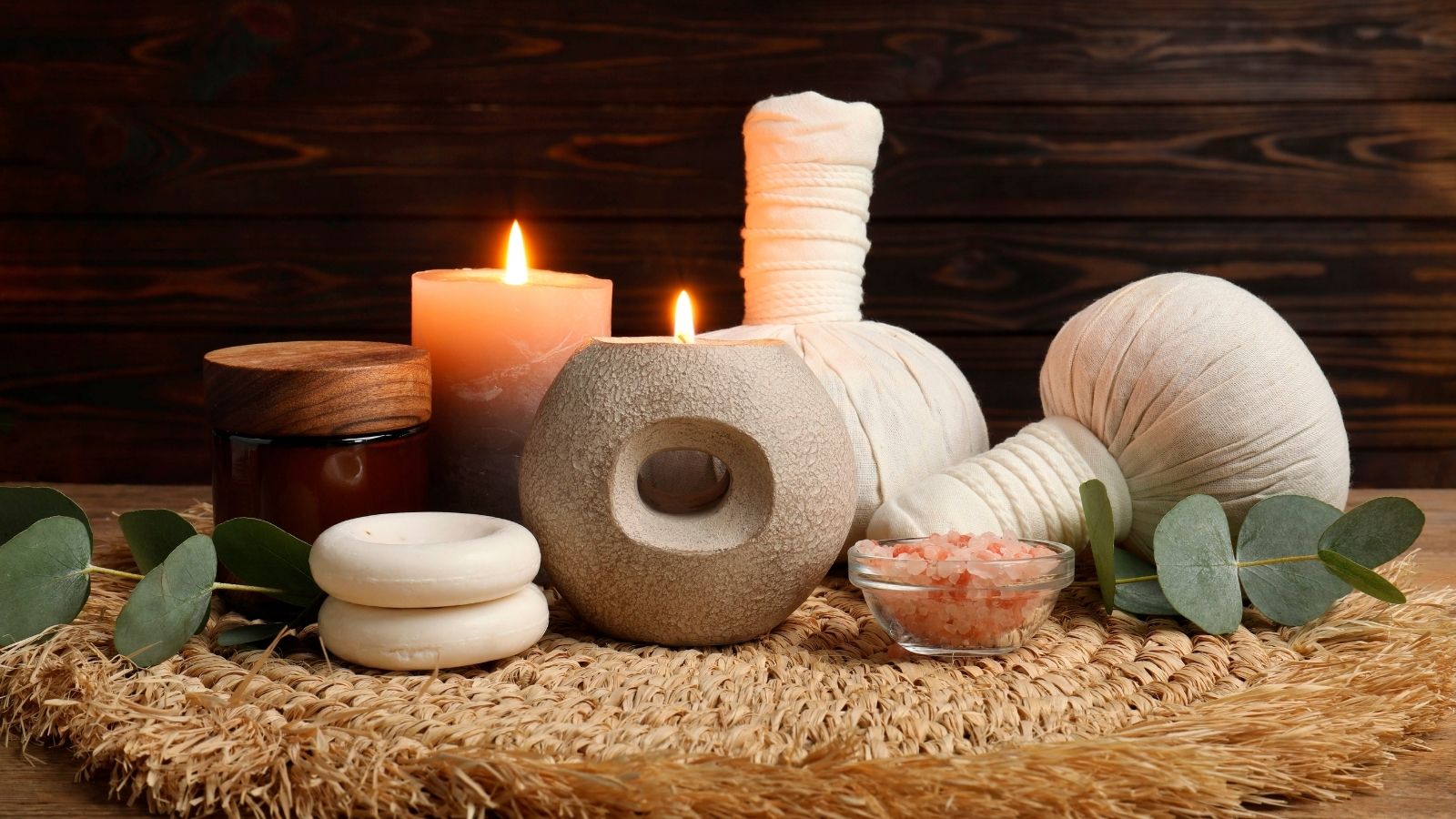
Scented candles can be a hidden danger due to their emissions upon burning. Indeed, various candles produce volatile organic compounds, including hazardous chemicals such as benzene and toluene, which are responsible for air pollution inside buildings and endanger breathing. Moreover, some contain synthetic perfumes or coloring that can provoke allergies or irritate the lungs. To eliminate the risks, use natural wax candles, like soy or beeswax, with essential oil fragrances.
Dryer Sheets

Some dryer sheets may contain benzyl acetate and limonene. When heated in the dryer, these chemicals are released into the air, triggering respiratory problems and allergic reactions. They can also leave residues in clothes that have irritant effects on the skin.
Carpet Cleaners

Carpet cleaners are used in almost every household. Many carpet cleaners contain perchloroethylene, a solvent that can cause respiratory problems, dizziness, and nausea. Others release volatile organic compounds, which are known to pollute the air.
Mold and mildew removers
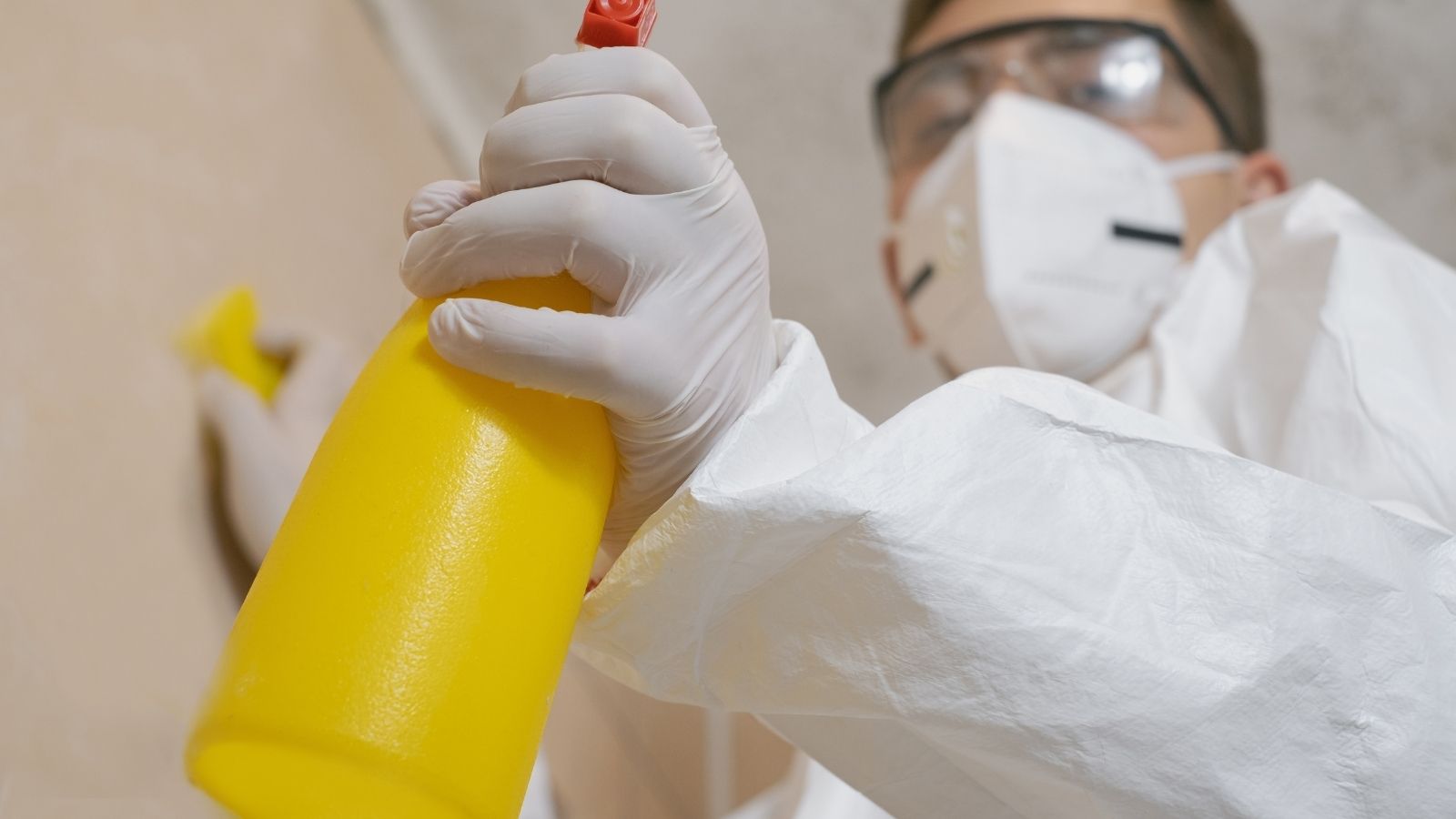
Mold and mildew removers may use harsh chemicals such as sodium hypochlorite or other aggressive agents. These may irritate the skin, eyes, and respiratory system. Prolonged exposure or inappropriate usage may cause breathing problems or skin burns. Always use them in well-ventilated spaces and observe the safety precautions.
Conclusion

Although daily household items are useful, they carry hidden dangers to health and safety. Most of them contain chemicals that can trigger breathing problems, cause skin irritation, and create long-term health problems if they are not used or maintained properly. Common household products typically contain hormone-altering, toxic compounds that can be skin irritants and contribute to environmental pollution. Some ways to reduce threats include reading the labels for use directions, ensuring good ventilation, wearing protective gear, storing substances safely, and researching alternative natural remedies.
5 Canadian Provinces Predicted to Thrive in the Next Economic Boom
 To thrive in an economic boom, a region needs good infrastructure, talented people, government policies that support growth and uplift the economy, and a culture of entrepreneurship. Often, the demography can also be a significant indicator of a region’s economy in the next few years. Although reports may vary on which regions will perform the best economically, certain regions come up on every list. Here are 5 Canadian provinces predicted to thrive in the next economic boom:
To thrive in an economic boom, a region needs good infrastructure, talented people, government policies that support growth and uplift the economy, and a culture of entrepreneurship. Often, the demography can also be a significant indicator of a region’s economy in the next few years. Although reports may vary on which regions will perform the best economically, certain regions come up on every list. Here are 5 Canadian provinces predicted to thrive in the next economic boom:
5 Canadian Provinces Predicted to Thrive in the Next Economic Boom
